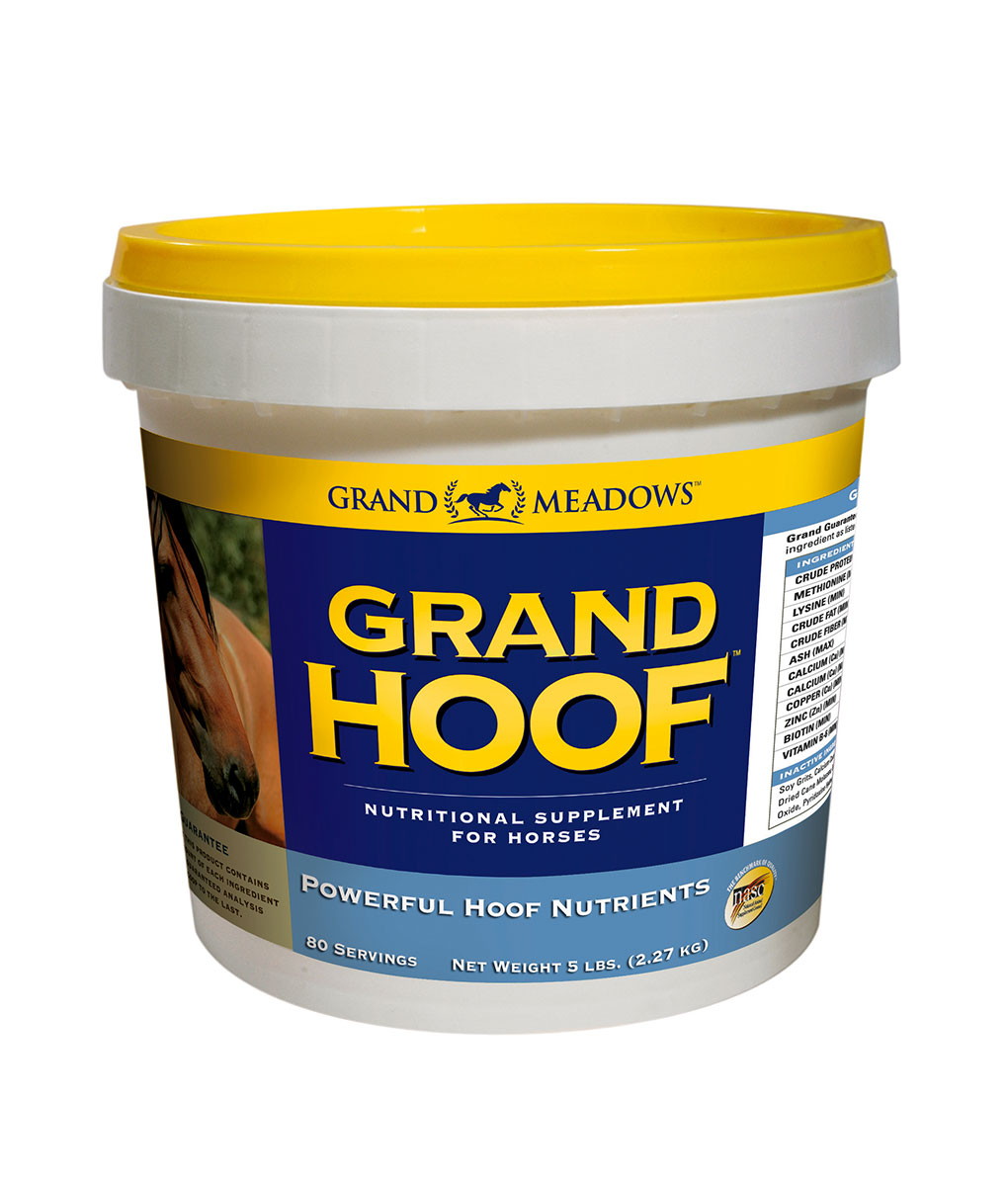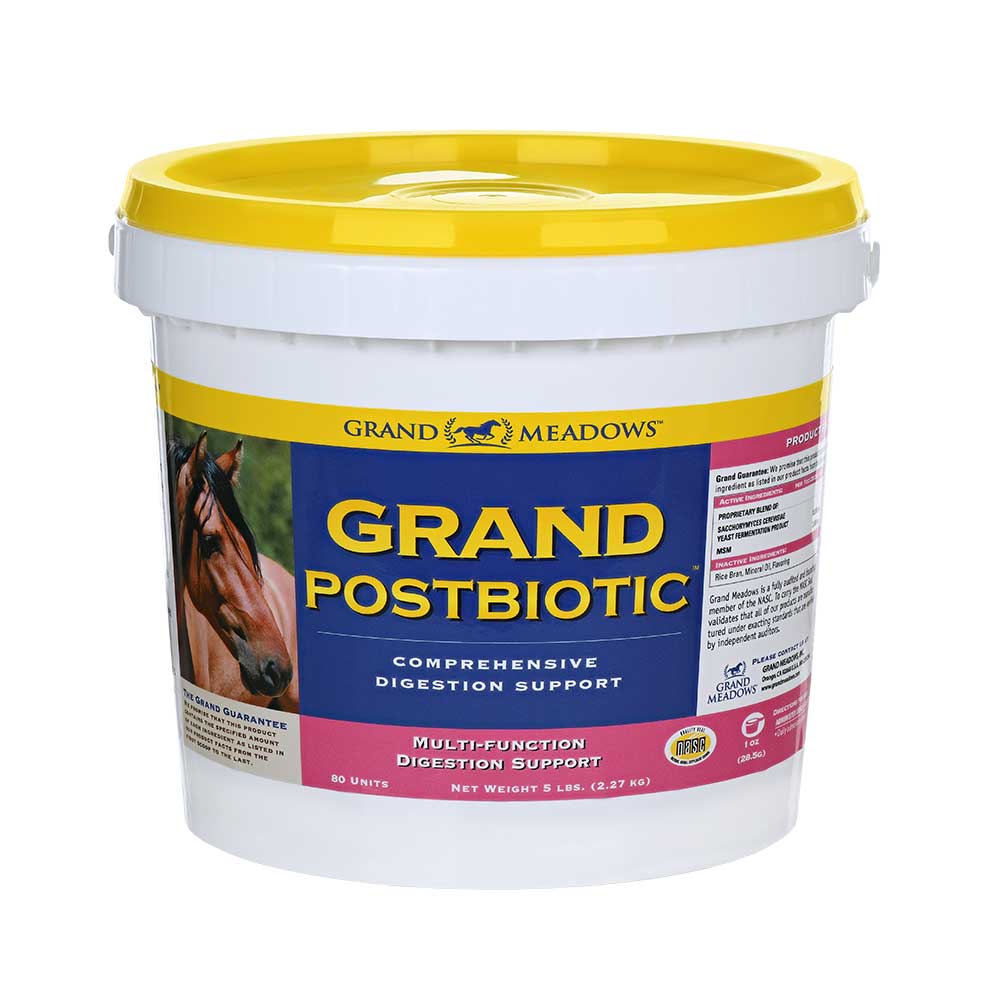Congratulations Amanda Johnson!
Congratulations to Amanda Johnson, who not only just completed her Trainer’s credentials, but also took High Point, riding Diego Del Rey at The CDS Pomona Spring Fling show with a score of 69.688%. Go, Amanda! Amanda is a remarkable young woman who is disciplined, intuitive, creative, intelligent and highly motivated. Amanda works as an intern for Grand Meadows – we are proud of her accomplishments and glad to have her on our team!
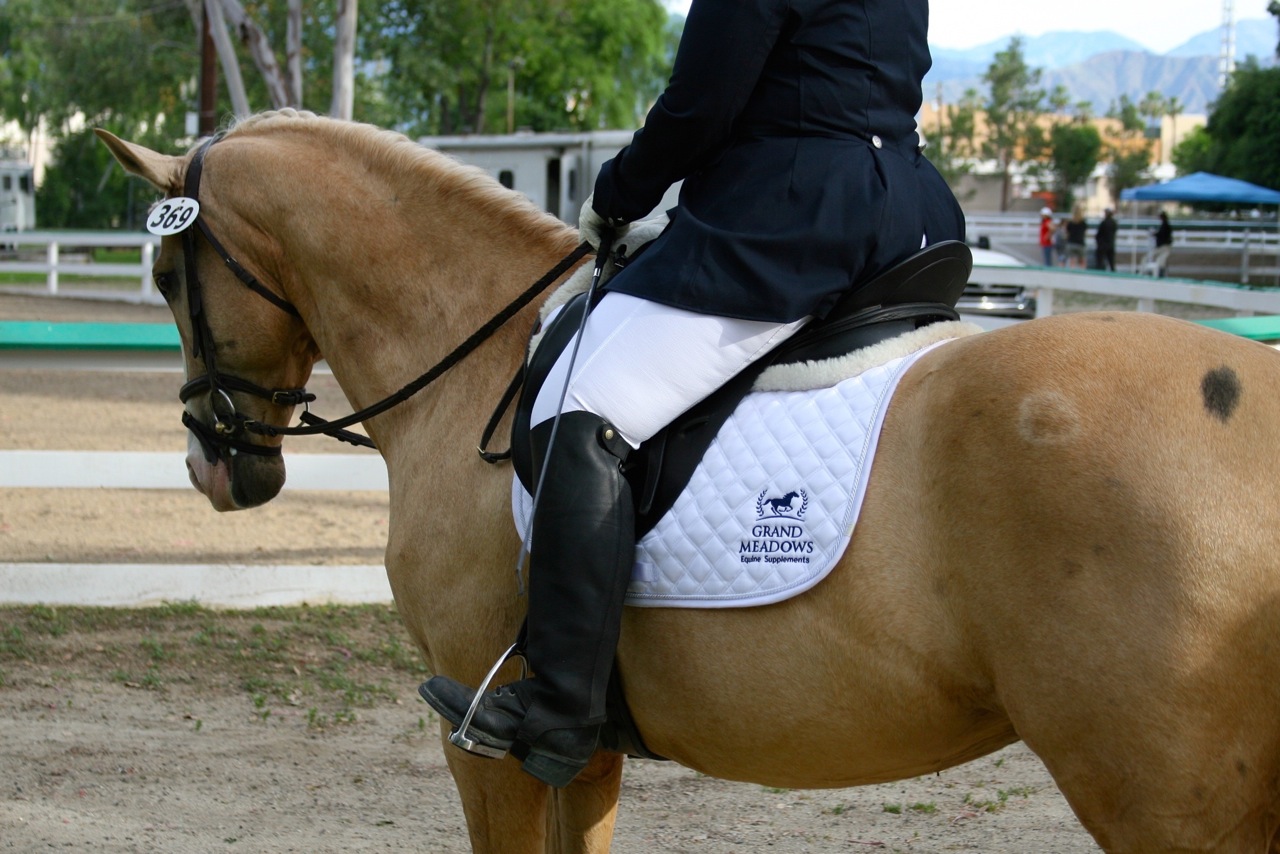

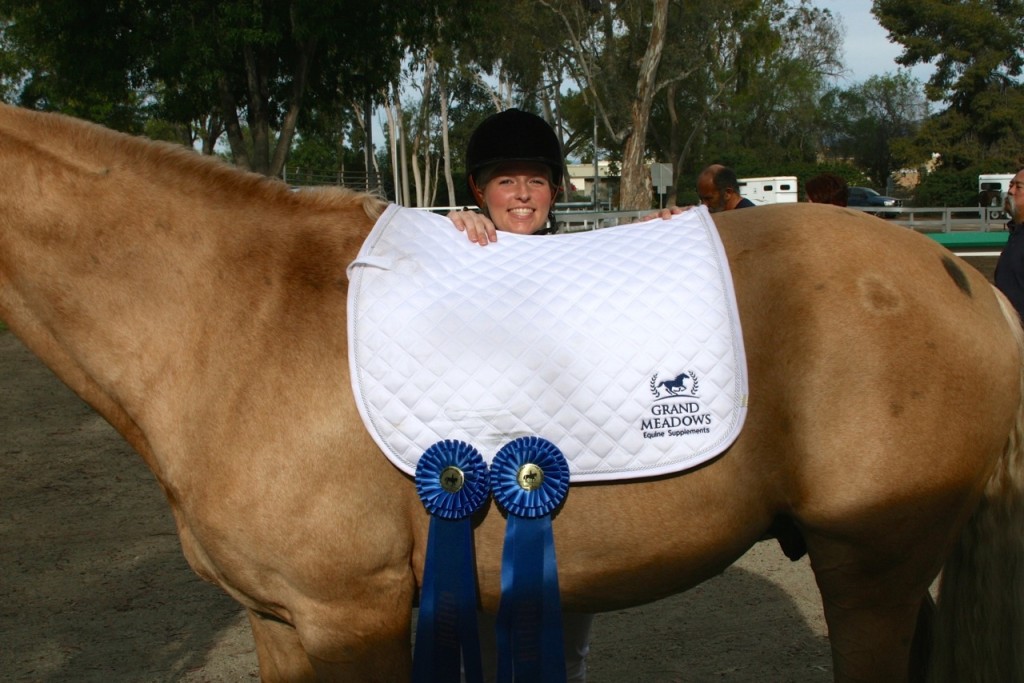
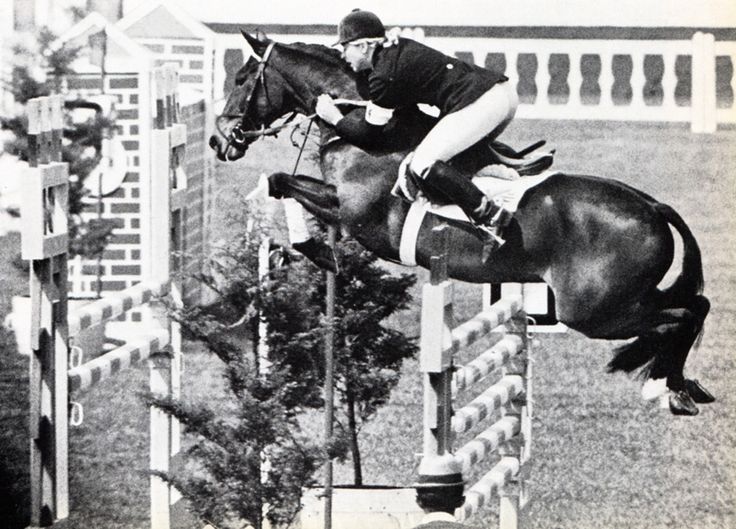
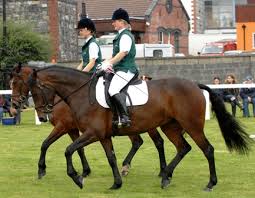
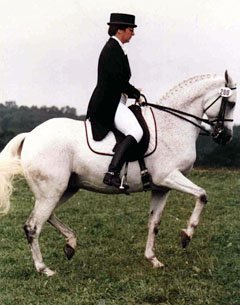
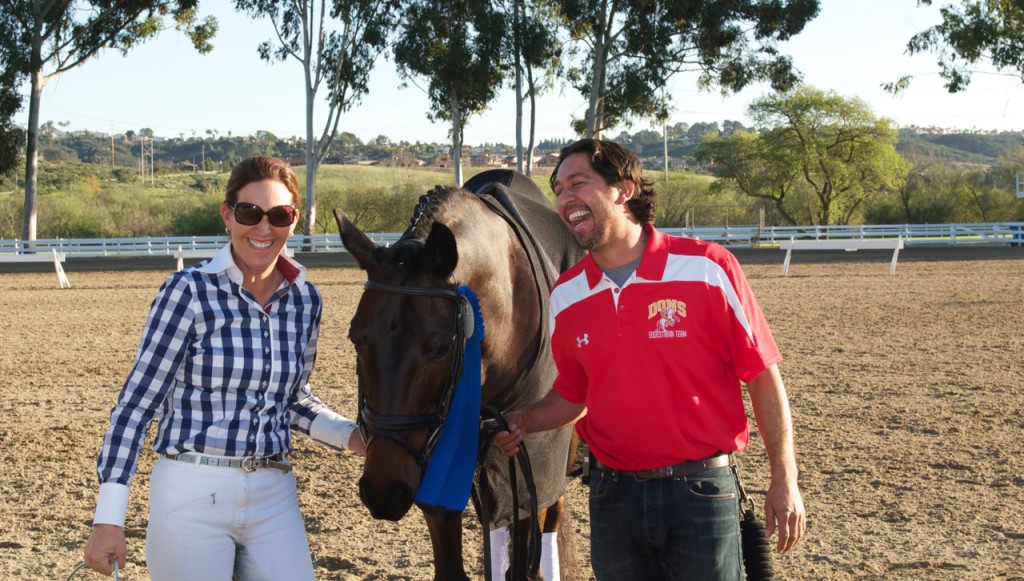
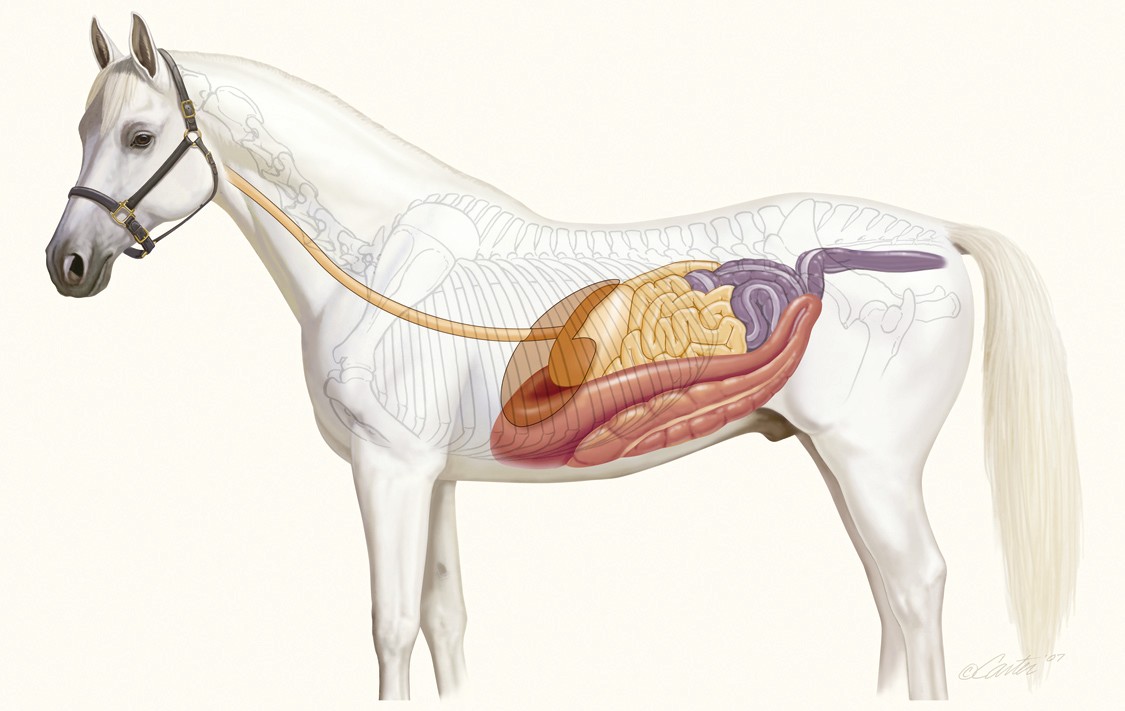
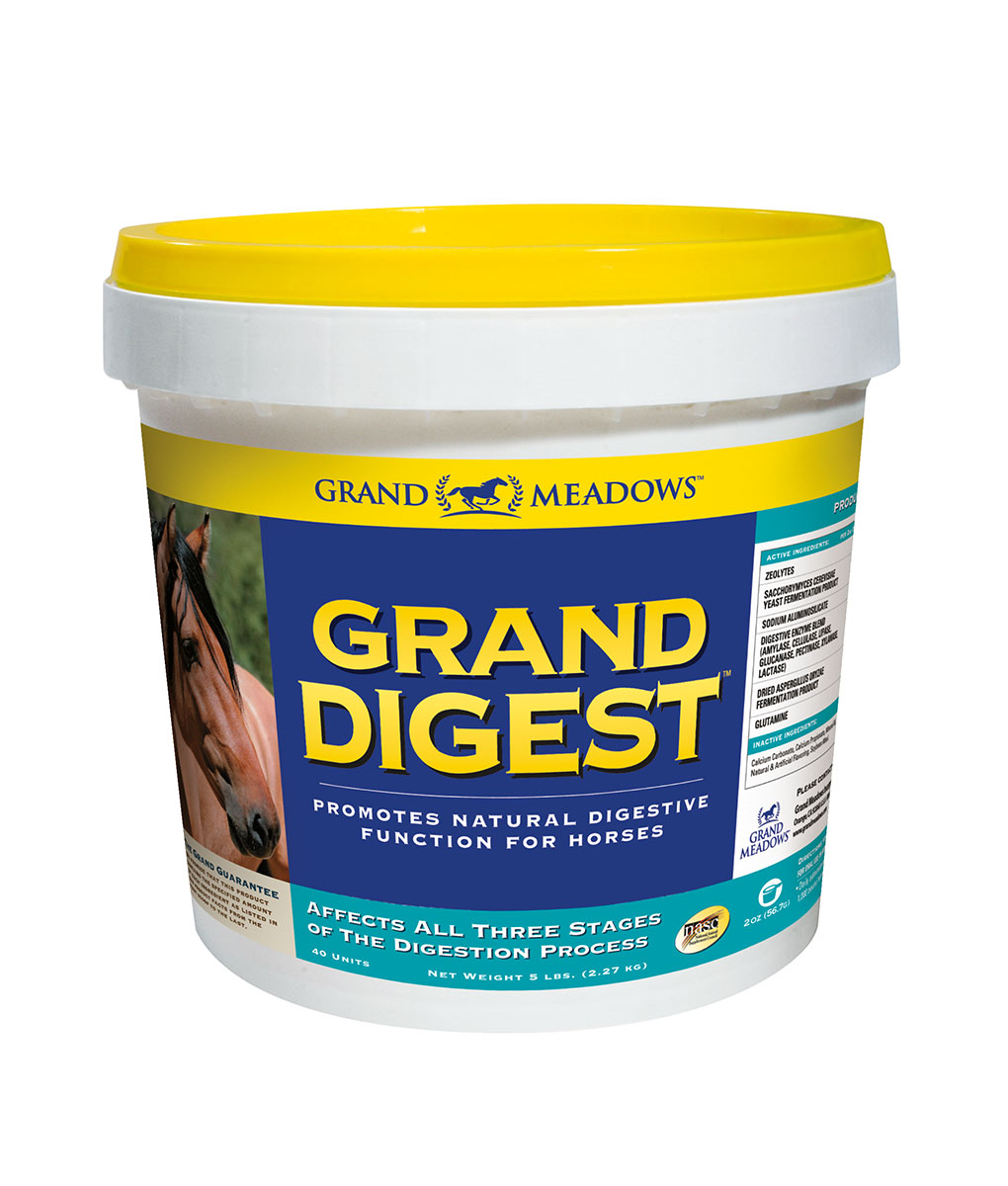
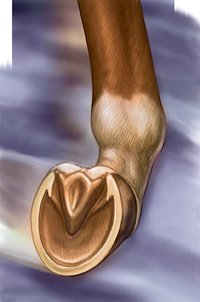 Biotin is a B-Vitamin, and has been shown to improve poor, weak, and thin-walled hooves when fed for three to six months. Biotin stimulates keratin production in the hoof’s laminae and coronary band, which can help strengthen and improve the periople, hoof wall, sole, frog and white line, minimize weak walls and cracks, and protect the exterior hoof wall from moisture damage.
Biotin is a B-Vitamin, and has been shown to improve poor, weak, and thin-walled hooves when fed for three to six months. Biotin stimulates keratin production in the hoof’s laminae and coronary band, which can help strengthen and improve the periople, hoof wall, sole, frog and white line, minimize weak walls and cracks, and protect the exterior hoof wall from moisture damage.